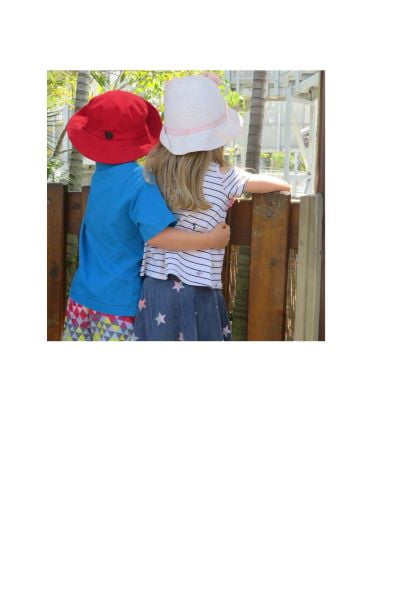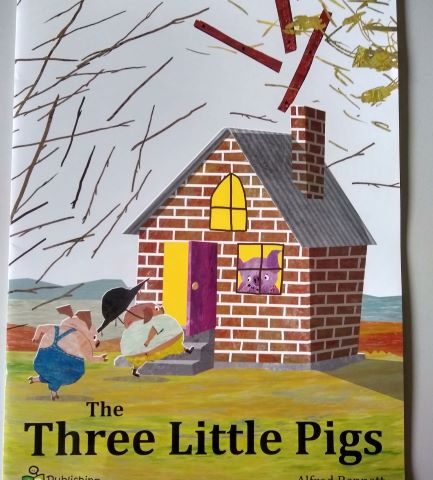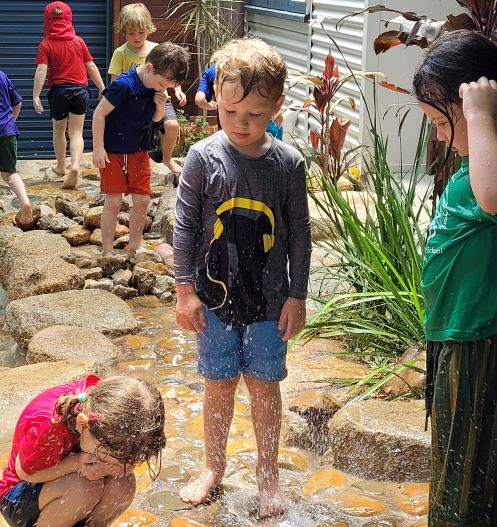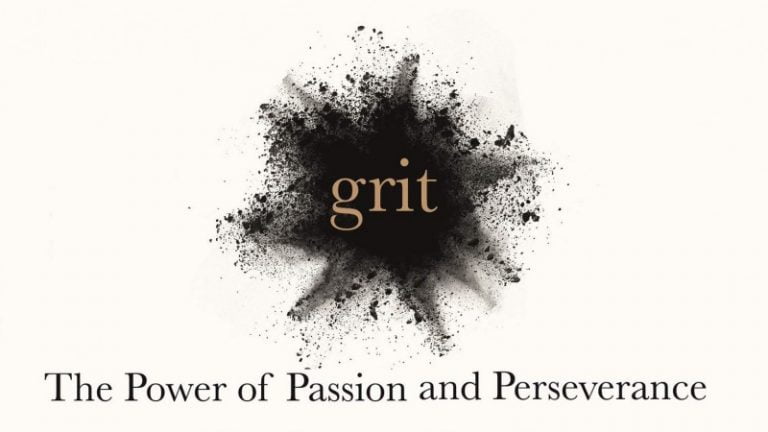
What a term! What did we learn!
June 26, 2020
Revenge! Kindness!
September 18, 2020Asking questions stimulates language and we can increase thinking opportunities with the questions we ask. Simple yes/no questions have their place to build children’s confidence to engage with language. Who, What, When questions certainly require more thought and comprehension before answering however it is the How and Why questions which require another whole layer of thinking.
Encouraging children to think critically begins early and continues throughout their lives. What are critical thinking skills? They are higher level thinking skills that involve processing information, relating to prior knowledge, problem-solving, reasoning, analysing, predicting and making decisions considering a range of perspectives.
Stuart Shanker is a Canadian professor who writes extensively about children’s thinking, executive functioning and self-regulation. He believes that children are born with the potential for critical thinking skills but the presence of these skills and the extent to which they are evident rely heavily on their environment. (https://developingchild.harvard.edu/)
In the children’s environments, do they have opportunities to make choices and decisions, are they asked what they think or how problems could be solved, listen to others and consider a different perspective, ‘guess’ or predict what something is or what could happen next, give an opinion and say why.
Do we offer these possibilities or do we make decisions for children? Are we doing the thinking for them?
Opening up opportunities for children to think in more complex ways takes time and practice. Useful conversations starters include:
- I wonder…
- Imagine if…
- Why do you think…
- How could…
- If you were…
- Do you think…
- What would you do if…
Although it is critically important to read books for pure pleasure and without an agenda, try sometimes to have an interactive conversation while reading with questions to invite thinking, responses and opinions using some of the conversation starters above.
In a familiar story, such as The Three Little Pigs, wondering together about different aspects may prompt different ways of thinking. For example:
- I wonder why one pig chose to build a house out of straw?
- How could the pigs have stopped the wolf blowing down the houses?
- Imagine that the pig was big and scary and the wolves were frightened. What would that be like?
- If you were the wolf what would you do?
- What if the stick house didn’t blow down? What could the wolf do?
- What if the brick house did blow down? What could the pigs do?
The crazier the better!





